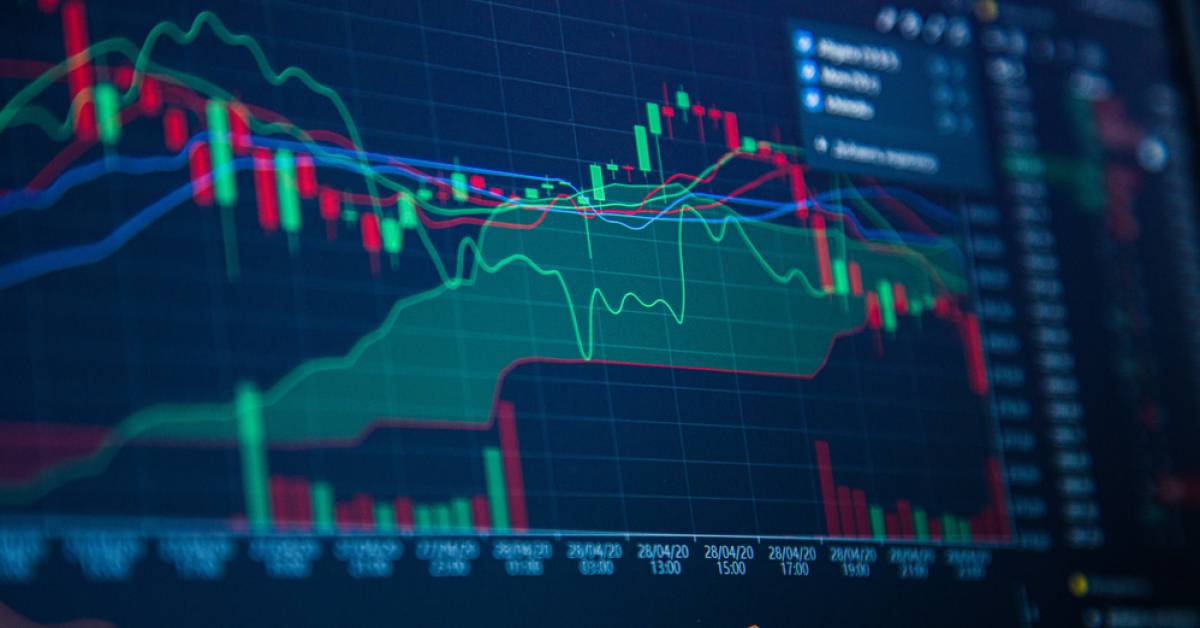Physical Address
304 North Cardinal St.
Dorchester Center, MA 02124
Physical Address
304 North Cardinal St.
Dorchester Center, MA 02124

In algorithmic trading, detecting local tops and bottoms in price action is crucial for chart pattern recognition, support and resistance level identification, and technical analysis automation. Humans can easily spot these points, but for a computer, it’s more complex. One of the key methods for systematically identifying these points is through the use of Perceptually Important Points (PIPs).
This method of identifying key points in a price chart, based on perceptual relevance rather than purely mathematical criteria, has gained traction in financial analysis. In this blog, we’ll dive into the Perceptually Important Points (PIP) algorithm, how it compares to other common approaches like Rolling Window and Directional Change, and why PIP is particularly useful in algorithmic trading.
The PIP algorithm selects critical points in a time series based on their distance from adjacent points, creating a simplified representation of the data. This simplification retains the most significant aspects of the chart, allowing traders to focus on the “important” price levels.
Here’s a quick overview of how PIPs are selected:
This process continues until the desired number of PIPs is selected.
Perceptually Important Points allow traders to automatically detect key points on a price chart, which can be used for:
There are several other methods to detect tops and bottoms in price charts. Here’s how PIPs compare to two popular methods: Rolling Window and Directional Change.
The Rolling Window method detects local tops and bottoms by comparing a point to its neighboring points. For example, if a point is the highest compared to its adjacent points (within a predefined window), it is marked as a local top. The number of adjacent points to check is called the “order” parameter.
The Directional Change method identifies tops and bottoms based on a percentage retracement from the last confirmed top or bottom. Once the price retraces a certain percentage from a local top, a local bottom is confirmed, and vice versa. The zig-zag pattern this creates is useful for filtering out minor fluctuations.
The PIP algorithm, unlike the Rolling Window and Directional Change methods, does not rely solely on time or percentage-based price movements. It focuses on the overall structure of the price series by choosing points that are “perceptually” important.
Consider the Head and Shoulders pattern, which is built around five local tops and bottoms. The PIP algorithm can be used to identify these turning points more effectively than the Rolling Window method, which might flag minor fluctuations as tops and bottoms, or the Directional Change method, which might miss key points if the retracement percentage isn’t perfectly set.
Using PIPs allows for a cleaner and more accurate identification of the shoulders and head of the pattern, as it focuses on perceptual importance rather than arbitrary thresholds or nearby points.
Introduced in 2001, the PIP algorithm has been widely studied and applied in financial markets. In fact, many academic papers have explored its application in technical analysis and trading strategy development. This algorithm is often used in backtesting and machine learning models where identifying significant turning points is essential.
When deciding which algorithm to use for identifying tops and bottoms in your algorithmic trading strategy, it’s important to consider your goals. The Rolling Window method is quick and easy, but may not be selective enough. The Directional Change method is useful for filtering out noise but requires careful calibration. The PIP algorithm, on the other hand, strikes a balance between time and price-based methods, making it a powerful tool for recognizing patterns and significant price points.
If you’re looking to automate chart pattern recognition or data mining in algorithmic trading, PIPs offer a robust solution that provides both flexibility and precision in a variety of market conditions.